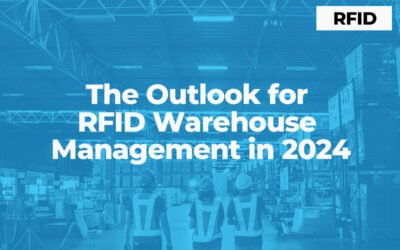RFID is Bringing the Online Shopping Experience to Your Local Stores
The sale of RFID tags and software to retailers is expected to grow at a compound annual growth rate of 38.9% from 2014 to 2020, according to a Frost & Sullivan report. RFID is decreasing the cost of inventory management for retailers around the world. However, retailers are doing more than simply counting stock. RFID is bringing the best aspects of on-line shopping to brick and mortar establishments.
- One clothing retailer is experimenting with robotic inventory. Robots, rather than sales associates, scoot through aisles and collect information from the RFID tags on merchandise.
- The robots are quicker at inventory than humans, and the mobile infrastructure costs less than a stationary infrastructure. A mobile infrastructure is flexible and portable.
- It allows the store to relocate merchandise and it can be moved to a new store location if necessary.
- The inventory collection is continual, and the robots scan tens of thousands of passive UHC RFID tags, reading from as far as 30 feet away.
- However, the robot is controlled remotely by sales associates. If a patron approaches the robot, the sales associate can speak with the patron through live video chat.
- RFID is allowing high profile designers to personalize shopping by curating the shopping trip and the fashion look for their clients.
- Upon entering a store, a client registers their phone number, and waits for a text message from a sales associate that the fitting room is ready. Inside the fitting room is an interactive mirror to communicate with a sales associate through which the client requests additional pieces (clothing, accessories, and sizes).
- This mirror can read the contents of the fitting room, based on the RFID tagging of the merchandise. It then provides recommendations from the designer – if you selected a jacket, specific pants or handbags are recommended by the designer to complete the look.
- At the same time, the client has access to the inventory of the store and can browse electronically through the store collection without leaving the fitting room. Ultimately the data collected during the fitting session can be saved as if it were an online shopping cart; benefiting both the shopper and the designer.
- RFID is also helping retailers educate customers on their products.
- By picking up an item, the RFID tag triggers content on in-store screens.
- The content describes the product and provides information about its design, use, and features.
Retailers are bringing about an evolution of experience for shoppers. RFID is at the heart of it!


